Reflections from the 5th ASEAN – India Youth Summit: A Call for Inclusive Action
Greetings, fellow youth leaders and advocates!
My name is Muhammad Rhaka Katresna, and I am a member of the Regional Executive Body of the ASEAN Youth Forum. I had the honor of representing Indonesia as a delegate at the 5th ASEAN – India Youth Summit, which took place from August 27th to 31st, 2025, in Goa, India. The event was a collaborative effort, organized by the Ministry of External Affairs of India, the India Foundation, and the ASEAN Foundation, with support from the State Government of Goa.

This summit was not just an event; it was a deep dive into the ASEAN – India Plan of Action for 2026-2030. This new plan, adopted in July 2025, will guide our partnership for the next five years. It’s built on three key pillars: Political and Security Cooperation, which strengthens dialogue and security; Economic Cooperation, which focuses on digital technology, trade, and investment; and Socio-Cultural Cooperation, which promotes people-to-people connections through education, culture, and youth exchanges.
For those interested in the official document, you can find a link here: Plan of Action to Implement the ASEAN-India Comprehensive Strategic Partnership (2026-2030).
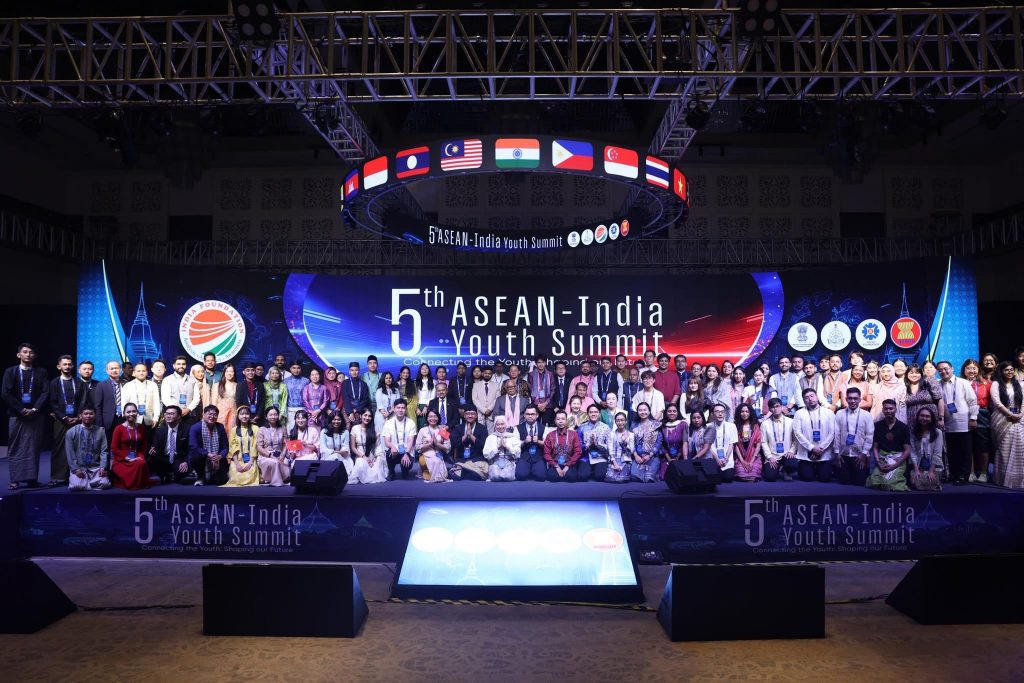
The summit’s agenda went far beyond these official pillars, exploring the foundational and complex aspects of our relationship. We began with Country Presentations, where delegates introduced their nations’ unique contributions to the region. This was followed by sessions recognizing our deep “civilizational relationship,” built on shared history and cultural roots that extend far beyond geography. Sessions then delved into the geopolitical concept of a “multipolar world,” where cooperation, not conflict, is key.
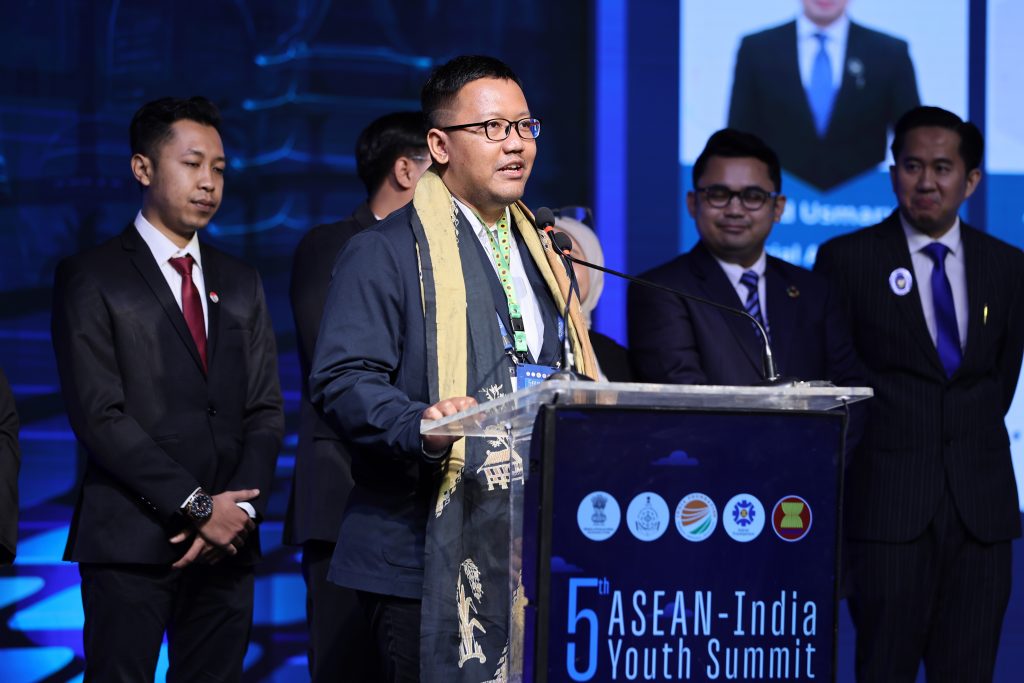
Policy Labs served as a dynamic workshop on policy advocacy. We engaged in intense debates on topics like the e-mobility agenda and the governance gap in the digital age, with honest discussions about data ownership and the risk of nations becoming “digital slaves” to foreign tech companies. We also explored the immense potential of the creative economy, envisioning a bold $10 trillion partnership by 2035 driven by platforms, content, and the power of youth.
As the only openly autistic delegate at the summit, my journey was a personal lesson in advocacy. The summit, while full of valuable discussions, was not inclusive enough for people with disabilities. There was no accessibility officer provided by the organizers, which meant I had to take care of my own transitions and manage myself during the event. This experience showed me that true inclusion needs to be more than just a thought; it needs to be a core part of any action plan.
Despite these challenges, I enjoyed the flow of the summit. It became a powerful informational session, where I noticed that the discussions and debates were directly linked to the ASEAN – India Plan of Action. The agenda was comprehensive, covering topics like technology governance, creative economies, and the idea of a multipolar world. We debated the role of technology, the potential of a $10 trillion creative economy, and the need for cross-border collaboration in innovation and entrepreneurship.
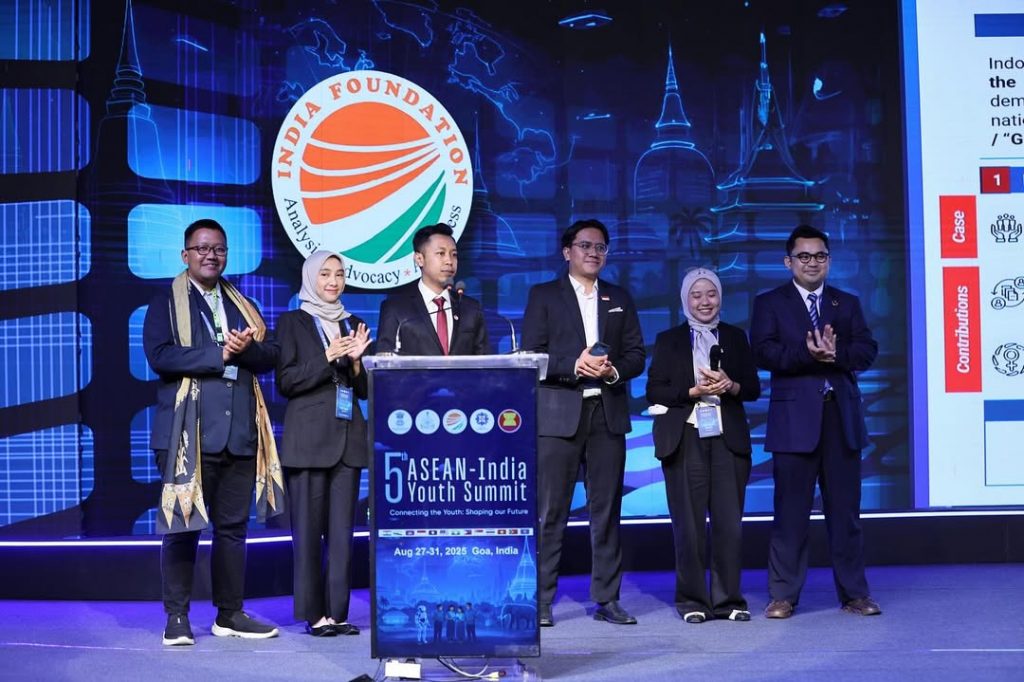
My biggest insight is a recommendation directed toward young activists in Southeast Asia. We must move beyond just being celebrated as a “demographic bonus.” For our work to truly matter in the implementation of the ASEAN – India Plan of Action, we need to consider having a direct role in negotiation and advocacy. We need a seat at the decision-making table to ensure future plans truly include young people, disabled people, and other marginalized communities.
The summit was a promising start, but the work is far from over. It is now up to us to ensure that the plans of today are built on the principles of compassion and accessibility for all of tomorrow. Let us use our collective voices to build a partnership that is not just prosperous, but genuinely inclusive.
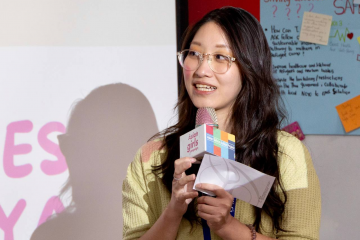
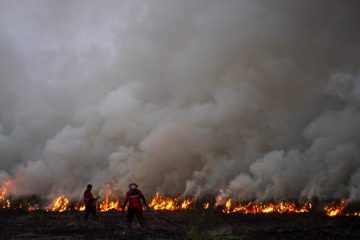
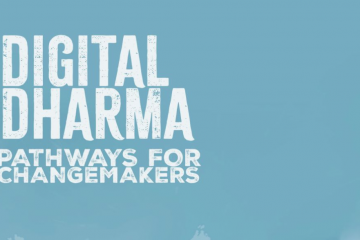
0 Comments